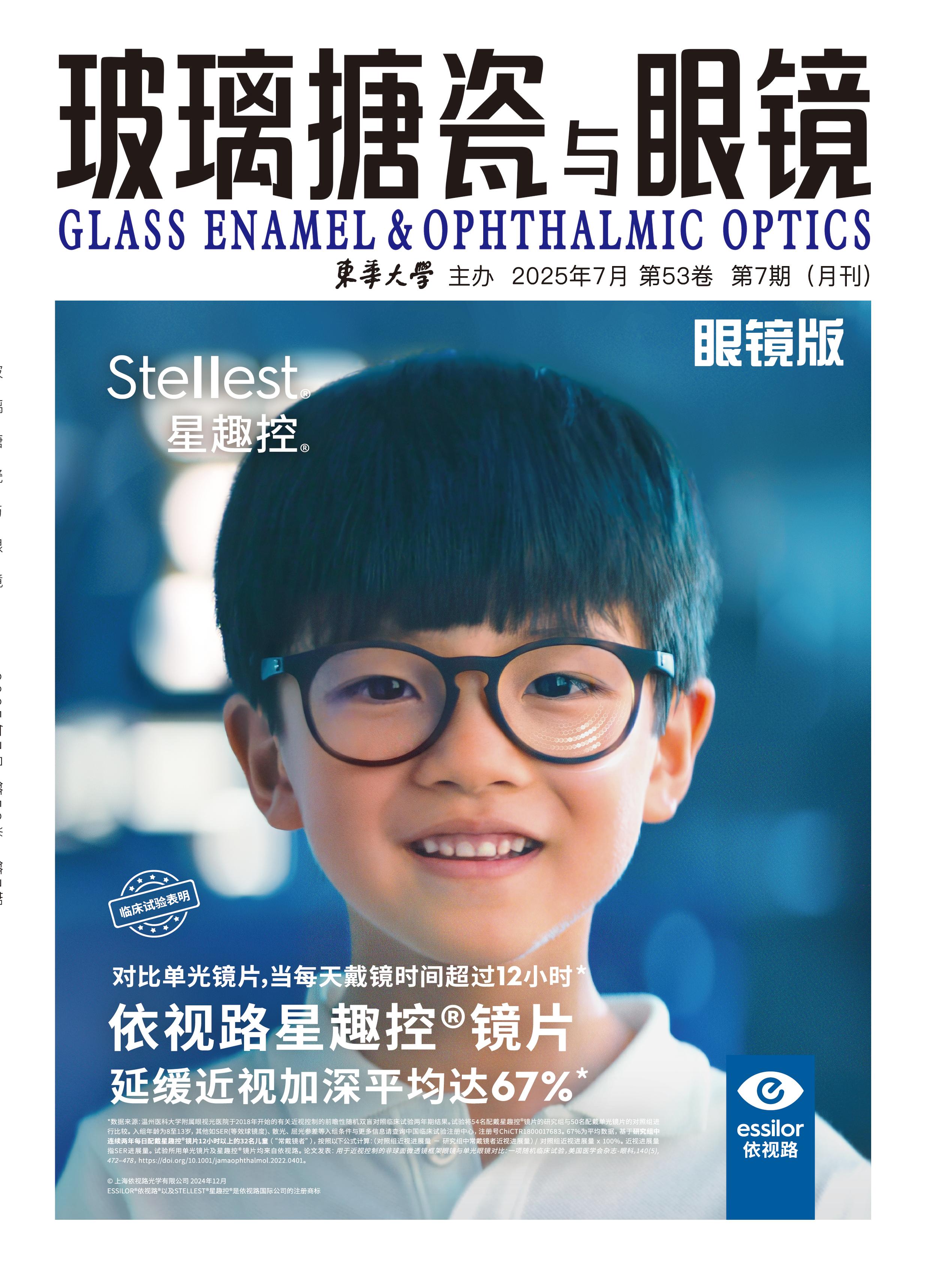
This paper studied the relationship between corneal astigmatism and refractive astigmatism in paediatric aphakia after congenital cataract surgery. A retrospective review of the medical records of paediatric patients with aphakia was conducted.The corneal curvature and optometry were measured in aphakia children after congenital cataract surgery. Thibos vector analysis was used to make it into J0 and J45 vectors, and then performed a linear regression of refractive astigmatic error on corneal astigmatism. A total of 55 eyes (30 patients) were analysed. The astigmatism in paediatricaphakia (mean±standard deviation) were determined using retinoscopy (-1.35±0.73) D, automatic refractometry (-1.96±0.92) D, and the axial was (125.18°±63.97°), (120.78°±62.75°), respectively. The regression relationship between refractive astigmatism (R) and corneal astigmatism (C) in J0 group and J45 group was statistically significant. So corneal astigmatism can be used to predict the refractive astigmatism of aphakia children.
This paper introduces the design of complex atoric surfaces (Free Atoric Design) with high degrees of freedom and its application on lenses, focusing on the establishment of eye rotation model and visual acuity assessment model, as well as the quantification and optimization methods of the visual clear zone. In the end, the measurement methods of free atoric design lenses are studied and recommended.
Assembled spectacles are a kind of product widely used in correct ametropia. The market supervision department regularly organizes quality supervision and inspection of assembled spectacles. Due to its customization characteristics, the sampling section of quality supervision and inspection of assembled spectacles, is very different from the other general products.This paper introduces the key points in assembled spectacles of sampling rescription, sample acquisition, packaging and transportation, etc. And some suggestions are put forward for the market supervision department and the sampling organization.
The dry eye condition and ocular surface disease index were collected by questionnaire through online guidance and offline random selection of college students, so as to screen students with dry eye syndrome. By investigating the situation of dry eye and to analyze the risk factors and symptoms among college students in Shenzhen, countermeasures and suggestions for early intervention of dry eye were provided. A total of 1 200 questionnaires were obtained, of which 955 were valid, 164 students were found to have the risk of dry eye, and the prevalence rate was 17.17%. Among them, the prevalence risk rate of boys was 14.40%, and that of girls was 19.02%. There was no significant difference between male and female (χ2=3.477, P>0.05). The factors influencing dry eye among college students were contact lens wearing, refractive surgery, use of eye medicine and poor sleep quality or staying up late. Results showed that the prevalence rate of the college students was at a upper-middle level. Refractive surgery and poor sleep quality or staying up late were the most common risk factors for dry eye among the college students.
"Modern Apprenticeship Program" is a new program which enables vocational students for the workforce. It’s a pilot program that strengthen cooperation between educational institutes and enterprises. The "Modern Apprenticeship Program" of optometry major is an educational mode of school-enterprise cooperation, which makes up for the shortage of teachers and provides an opportunity for "overtaking in curve" of optometry technology higher vocational education. Based on the mode of modern apprenticeship, colleges under the medical vocational education group not only greatly promoted the two-way circulation of teachers in the field of higher vocational education, but also realized the mutual promotion and common growth of majors and enterprises.










